In characterizing markets as being disruptive in my essay on the future of the professions, I intended to use this term in a neutral or disinterested way. But it is quite possible that in that essay, my own uneasiness about market forces came through. I may have conveyed the impression that markets are necessarily destructive, as opposed to merely being disruptive.
Don’t get me wrong: I am a fan of markets in many places and in many ways. My family and I are and have been the beneficiaries of markets and market forces; so have millions of people in China and other countries. I’m glad that I live in a society and a world where markets exist and are allowed to function smoothly and without undue restriction. But I am by no means a market absolutist.
Indeed, in earlier centuries, markets were balanced or tempered by religious, ideological, or other political architectures (e.g. primogeniture, royalty). On the whole, I think that this tempering is a good thing. The reference in my essay to the year 1980—with the rise of market supremacy or hegemony around the globe, often called “the triumph of neo-liberalism”—was meant to be cautionary. I am sympathetic to the argument put forth by philosopher Michael Sandel: some things (body parts, as a reasonably uncontroversial examples) should not be for sale. And I believe that professions are more likely to maintain and display their virtues when they are, at least to some extent, protected from market forces.
As one instance, I am a skeptic about the role of markets in education, certainly for the education of younger persons and perhaps throughout the formal educational system. Once companies whose motivation is (inevitably) the seeking of profit invade the educational landscape, they are all too prone to confuse proceeds with progress. To be sure, many non-profit educational entities behave as if they were “for-profit” enterprises; but at least they operate by a different set of rules and do not explicitly create monetary incentives for employees. (I don’t approve of university management companies who compensate employees in terms of the profitability of their specific portfolios.) I do not object to charter schools in general but remain unsympathetic to for-profit charter networks and to voucher systems.
Let me emphasize two other points about markets:
First, markets can exert quite healthy influences on professions. While American institutions of higher education are largely non-profit, the market-like competition among them over the decades has on the whole been a good feature (so, too, the competitiveness among arts institutions, science museums, and the like). And certainly within professions, the market competition among hospital chains, or among law firms, has its positive benefits, as does the emergence of competition for specific services, such as the creation of prototype legal documents or variations within the same family of drugs.
Second, in corporate life, there is not an inherent zero sum game between profitability and a high ethical standard—that is, a standard that goes beyond simply remaining within the law. Ben Heineman has made that point eloquently in many articles and in his book High Performance with High Integrity. My colleagues William Damon and Mihaly Csikszentmihalyi concur, adding that high ethical/professional standards are good for business in the long run. But the enormous pressures in the United States to achieve short-term profitability, as well as the imaginativeness (and even implicit endorsement) of efforts to cut corners while avoiding frankly illegal behavior leads to this unfortunate conclusion: professionalism in a highly marketized economy is always at risk. All too often, professionalism takes a back seat to profitability at any and all costs.
Thanks to commentators Steven Brint, Anne Colby, Stephen Gardner, Ben Heineman, Norman Ornstein, and Amelia Peterson.
This is the fourth in a ten-part series in which I respond to the comments received regarding my essay “Is There a Future for the Professions? An Interim Verdict.”






